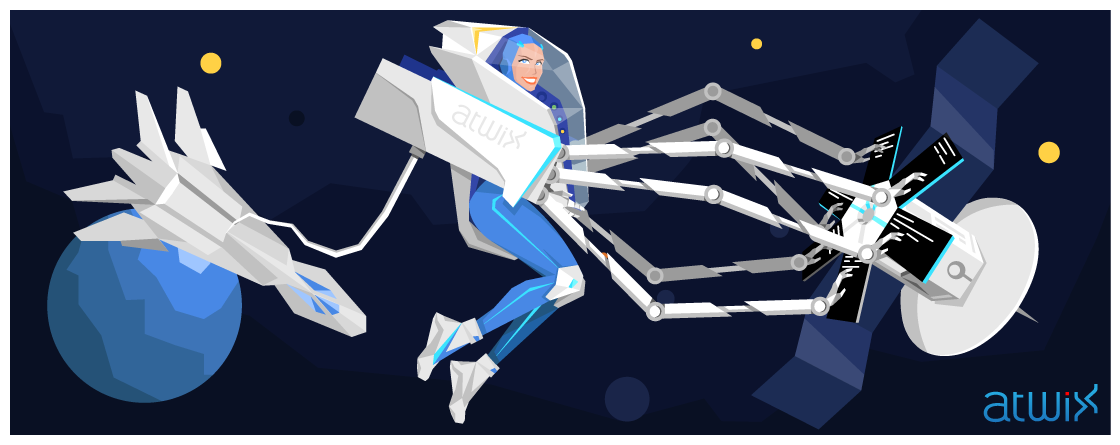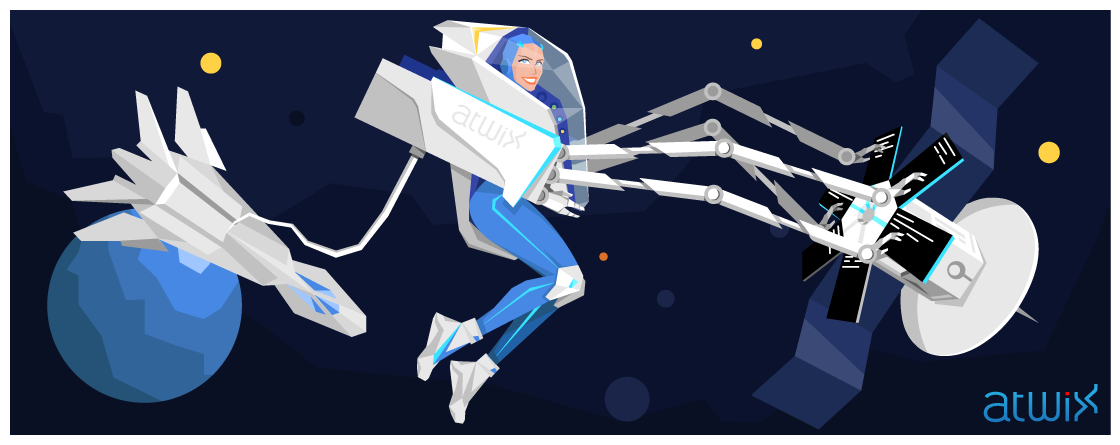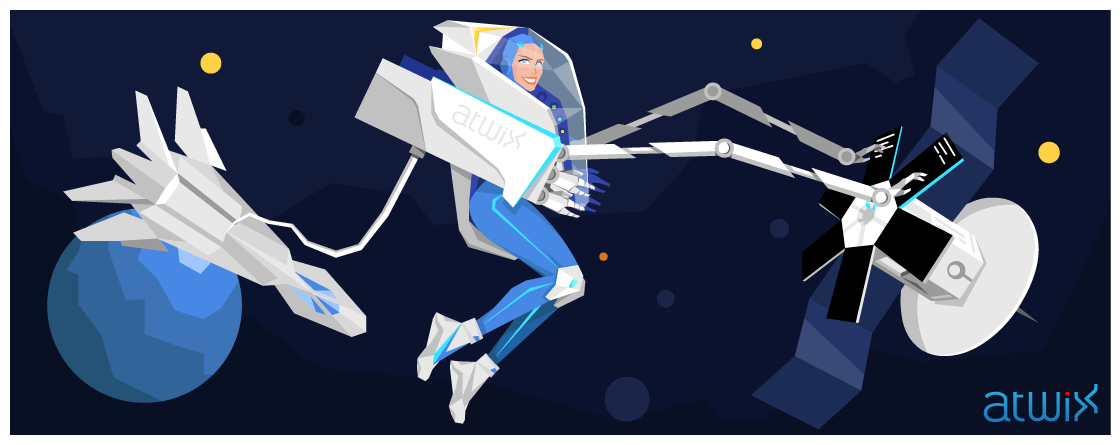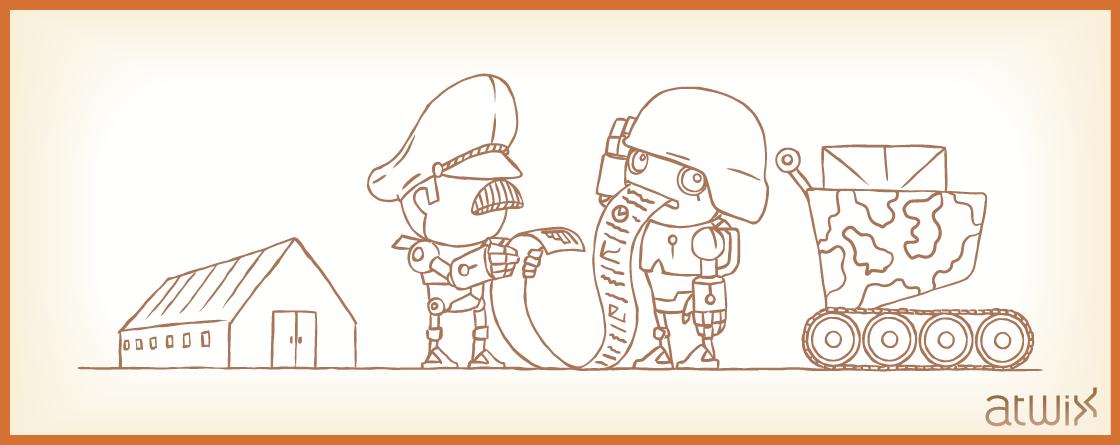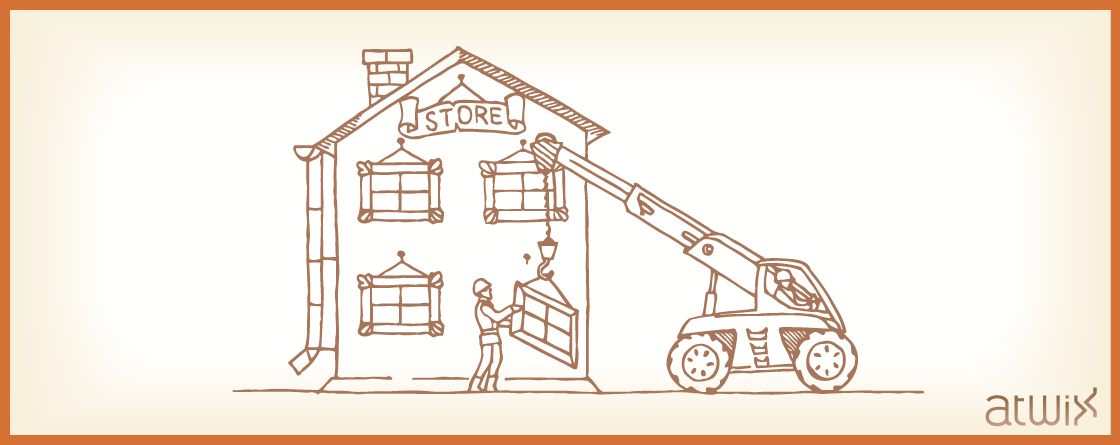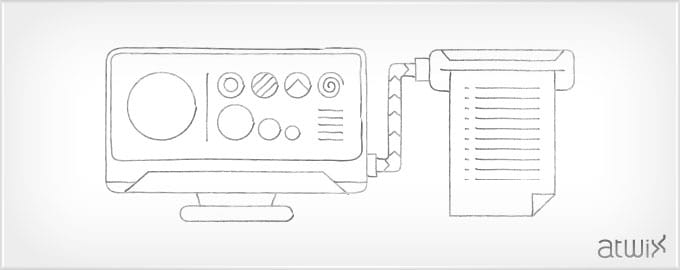Sometimes Magento developers face the need to work with Magento caches programmatically. For example, when you develop your custom module, which renders some content on front-end and this content can be managed via Admin Panel. Let’s say it is cached by the Full Page Cache (FPC). In this case you will need to notify the user that one of the cache types is invalidated and should be refreshed in order to have the changes applied. You might even want to refresh the FPC automatically with each modification. Magento 2 allows this to be performed quickly and easily.
When we need to update information for products, we can do it directly on the edit product page – however, this process requires much time in case we work with hundreds of products. And there is another way to do it as both Magento 1 and Magento 2 have the ability of massive update of related products, up-sells and cross-sells. Let’s find out more information in this article.
Sometimes handling multiple store views/stores/websites within a single Magento installation may mess up attribute values on the different scope levels. We’ve recently faced similar problem with product prices. Some price values were changed on the scope level after data migration and it was almost impossible to detect and remove such values from the Magento admin panel. So we’ve decided to create a shell script for that purpose and share it with you.
In the part 2 we have described the powerfulness of terminal multiplexers and reviewed one of the most popular terminal utilities – Tmux. Such kind of multiplexers might greatly boost your performance in handling different CLI operations. Let’s go forward and imagine the trivial situation, when you have created your own handy CLI environment with many terminal windows in one tab or so. You have everything under your hand but sooner or later you have to reboot your computer because of a new system update or installing some applications that require the system restart. In this case, your terminal multiplexer process will be shut down and you will lose all your settings. Fortunately, there are few lovely utilities that help save all your windows/tabs configurations and allow to recreate the entire tabs with windows.
In the previous article we wrote about few improvements that you can implement for your Command Line Interface (CLI). But “Perfection knows no limits” and in this article we would like to dig deeper and describe few additional solutions that will make your CLI more powerful in your hands.
Many developers/system administrators sooner or later face with the situation when one terminal window or even few terminal tabs is not the most convenient solution. You want to have everything close at hand: to see all terminal windows at the same time. Sure, you can tile all terminal windows or improvise in some other way but for making the things easier let’s give a shot for a terminal multiplexer.
Most of modern softwares have a handy graphical user interface that allows executing different operations by few actions. We are talking not only about user interfaces for social networks, messengers, email clients etc. You can even create an entire website or a standalone application by few clicks and labels using different automated software with a good UI toolkit. That’s really great because it involves more and more people into attempts to create something new and special. However, what about people who stand behind this scene – developers, who create “software for creating a software”?
Magento reports section is a powerful tool. If you open Reports > Products > Products Ordered section – you will be able to generate a report of all the recently sold products.
Recently, we have faced with an issue that looked like a default Magento behavior. It turns out that Magento keeps the product attribute value even if the attribute was removed from the current attribute set. This brief article describes the issue’s details and a shell script on how to remove the old unnecessary attribute values from the database.
In our previous article we have discussed how to add tabs to the product page. After Magento 1.9 has been released people started asking how to handle the product page tabs since the previous method caused different troubles. The reason is in the modern RWD theme, which goes out of the box with Magento 1.9. It uses slightly different method for adding tabs than in the previous versions. So, let’s review how you can easily add own tabs on the product page for RWD-based themes in Magento CE 1.9.
It is a pretty common task to display some product options like colour, size at the product list (category view) page in Magento. And it can not be done just with the default installation. Such decision is very reasonable as it is a hard task to load options for every configurable product on the page. Therefore, we tried to find the most efficient method of doing this, so below – there is one of the solutions that we came up with.



